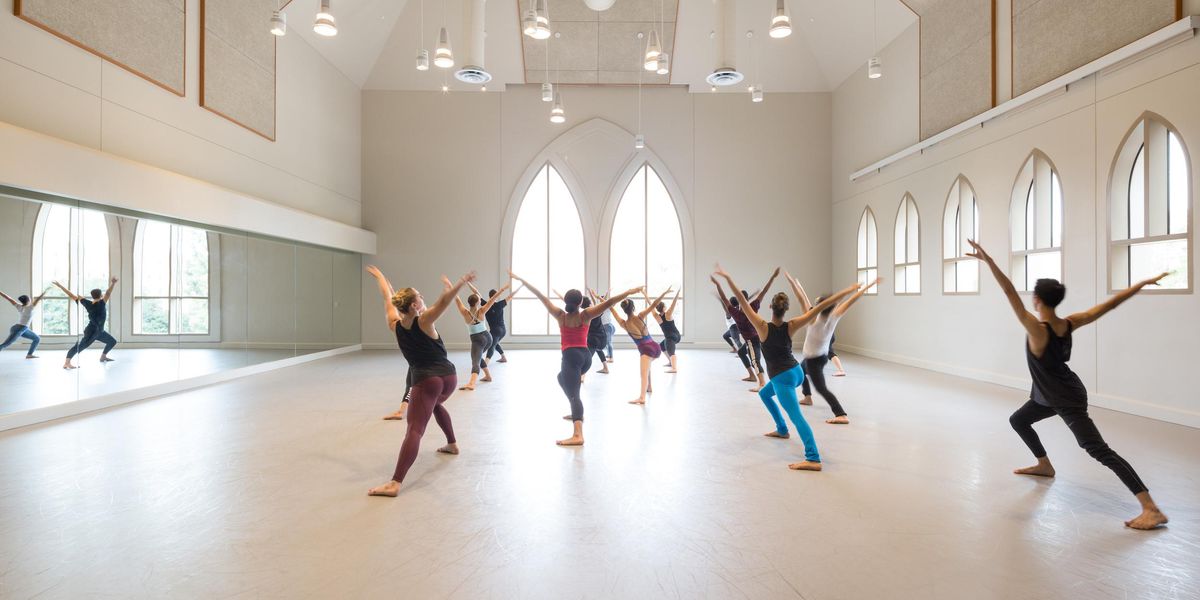Your Body Tips
Most dancers know they need vitamin D to help build strong bones. But there’s another perk that’s less well-known: It’s a metabolism superstar.
| Vitamin D Benefit | What That Does | Why |
| Releases lepatin | Makes you feel fuller | Lepatin regulates hunger by signaling when your body has had enough to eat. |
| Decreases parathyroid hormone | Makes your body less likely to store fat | This hormone encourages the body to hang on to fat. |
| Reduces cortisol | May help slim your midsection | Known as “the stress hormone,” cortisol causes fat to be stored around your abdominals. |
Tip: Activate your body’s vitamin D by getting 15 minutes of sunscreen-free sunshine per day.
Onstage Oxygen
Ever catch yourself holding your breath during a performance? For all of us, breathing is a subconscious activity, but when nerves take over, our natural reaction is to hold it in. TaraMarie Perri, founder and director of The Perri Institute for Mind and Body, says that this habit actually “locks down the body and limits your capacity to move.” Actively inhaling deep into the lungs will fuel your body with the oxygen it needs, and breathing properly while dancing supports healthy circulation and respiratory function. But how do you train to do that consistently? By practicing in the studio when you’re not nervous. Before class, Perri recommends finding a quiet place where you can sit tall, place one hand on your stomach or chest and take 5 to 10 deep breaths.
Weird But True
Positive thoughts and feedback can have significant effects on your performance onstage: Researchers at the University of Nevada, Las Vegas, got runners to move more efficiently simply by giving them positive feedback, like “You’re doing great” and “You are very efficient.”
Try This
Got tight calves? Of course, you do—every time you relevé or point your feet, your calf muscles get a workout. One of the best ways to massage away the soreness is to simply sit on your shins with a foam roller between your upper and lower legs, and let the weight of your torso create pressure to work out knots. Play with the placement (moving it up or down the calves) to target wherever you feel sensitive.
The Problem With Snoozing
It’s 7:30 a.m. The alarm rings and you hit the snooze button, trying to squeeze in an extra 10 minutes. But beware: Snoozing may actually lower your overall productivity during the day, according to scientists at the Sleep Disorders Centers of Prescott Valley and Flagstaff, Arizona. Not only is your quality of sleep after hitting “snooze” very low, but you may also enter a new sleep cycle that will be cut short when those 10 minutes are up, which can leave you feeling groggy throughout the day. Try going to bed a little earlier at night, rather than grabbing for extra minutes in the morning. Sure, it can be difficult to pull yourself away from “The Tonight Show,” but it will pay off when your mind is more focused in rehearsal tomorrow.
Photos: Thinkstock




